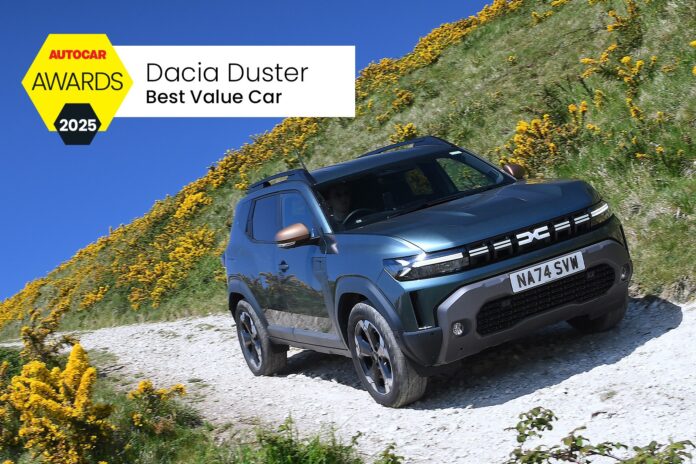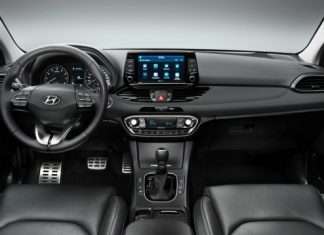The updated Dacia Duster presents a compelling option in the compact SUV market, balancing practicality and value with some notable improvements, although it’s not without its trade-offs. This review examines the design, features, performance, and overall appeal of the latest Dacia Duster, based on an 8,000-mile long-term test.
Interior Updates and Practicality
The previous Duster’s interior felt somewhat dated, but the new model addresses this with a more thoughtfully designed cabin. While it remains a budget-focused vehicle—meaning a prevalence of hard plastics—the overall aesthetic is improved with interesting textures on the door cards and dashboard, and carefully chosen color accents. The exterior’s “Y” motif appears in the interior air vents.
Space up front is commendable, and the generous boot capacity has increased from 445 to 594 liters (front-wheel-drive models); however, the hybrid variant’s battery reduces this to 496 liters. For comparison, the Hyundai Kona offers 374 liters and the Nissan Qashqai manages 504 liters.
Technology and Infotainment
The updated Duster incorporates more digital technology. Entry-level trims retain analogue gauges with a small screen and a phone holder. However, higher-range models boast a digital gauge cluster and a 10.1-inch central touchscreen. While the displays look modern and function adequately, the driver’s display lacks advanced features such as large-format navigation or customizable instrument layouts.
The central touchscreen utilizes a bespoke system—chosen for its lower cost—rather than the Google system found in recent Renault models. Although easy to navigate, the system is noticeably laggy and benefits significantly from Android Auto or Apple CarPlay integration. Dacia maintains a pragmatic approach with physical buttons for essential functions like climate control, a welcome detail appreciated by drivers.
Running Costs and Performance
The Dacia Duster truly shines when it comes to running costs. Despite a starting price around £20,000, the 130 Hybrid version’s day-to-day economy is exceptional. During the 8,000-mile test, the Duster regularly achieved over 55mpg on mixed journeys – a remarkable figure for a rugged SUV.
The hybrid powertrain—centered around a 1.6-liter petrol engine—proves to be a seamless and efficient companion on the motorway. While the seats and armrest might become tiring during extended journeys, and occasional dashboard rattles occur, these are minor shortcomings considering the price.
Practicality and Real-World Driving
The Dacia Duster’s boxy design isn’t just visually appealing; it’s incredibly practical. The generous, cube-shaped boot easily accommodated diverse loads, from moving house essentials to wedding supplies. Wide doors and ample headroom contribute to a comfortable experience for rear passengers. Even the optional camping pack – including a tent and bed – was tested during the evaluation.
The Duster handles its bulk surprisingly well, delivering a more refined driving experience than its price suggests. While the hybrid powertrain can occasionally feel a bit gruff and the automatic gearbox holds onto revs, the overall driving attitude is rugged and capable. One reviewer even successfully navigated a grass hill.
Alternatives and Conclusion
Alternatives like the Kia Sportage and Nissan Qashqai offer a more premium experience with improved materials and more advanced technology. However, they come at a significantly higher cost. For those prioritizing value and practicality, the 2025 Dacia Duster provides an unparalleled combination of car-like features, undeniable charm, and straightforward honesty—making it difficult to beat for the price. > Ultimately, the Duster offers a compelling package for buyers seeking a capable and affordable SUV that delivers genuine value for money.

























